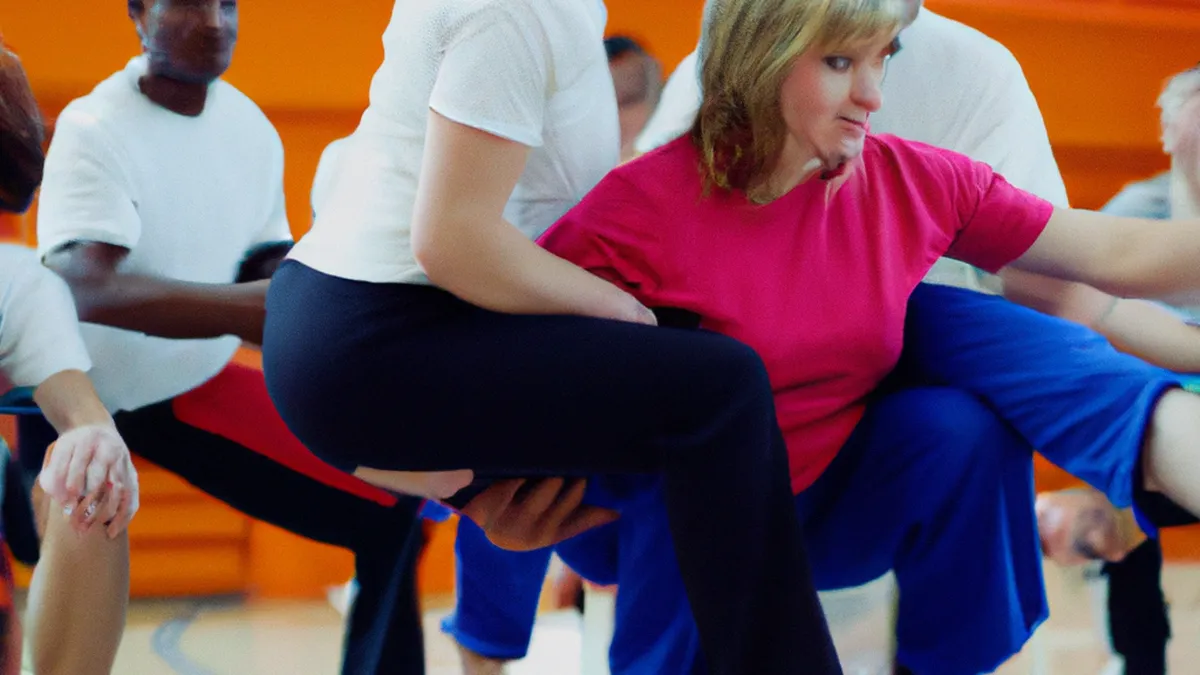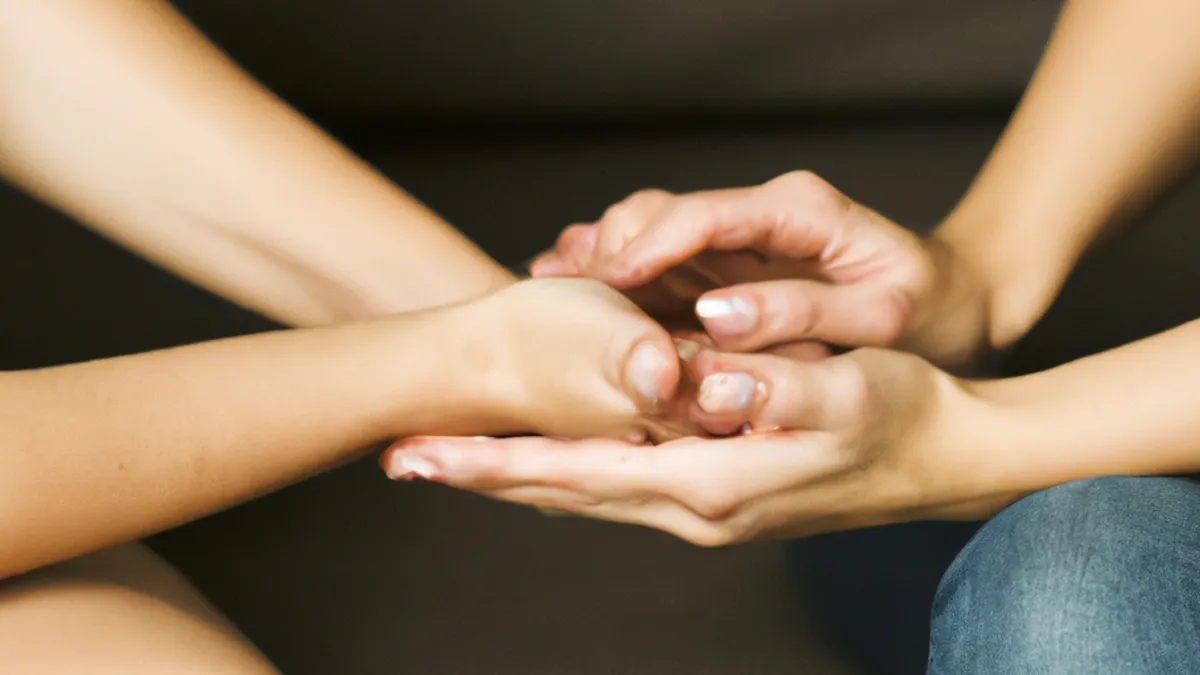Beating ACL Injuries: Effective Rehab Techniques
Rehabilitation Techniques for ACL InjuriesACL (anterior cruciate ligament) injuries significantly hinder athletes and active individuals. The ACL stabilizes the knee joint, and its injury leads to pain, swelling, and loss of functionality. A structured rehabilitation program is essential for recovery, whether the injury involves a tear or sprain. This blog post explores effective rehabilitation techniques for ACL injuries, guiding you through recovery.
As an Amazon Associate I earn from qualifying purchases.
Gear tip: consider basketball, standing desk balance board, and desk cycle to support this topic.
Understanding ACL Injuries
Athletes frequently experience ACL injuries in sports involving jumping, cutting, or sudden stops, like soccer, basketball, and skiing. Common symptoms include:- A sudden feeling of knee instability- Pain and swelling around the joint- Difficulty bearing weight on the affected leg- A popping sound during injuryEarly recognition of these symptoms leads to prompt treatment, possibly including physical therapy, bracing, or surgery, depending on severity. However, recovery requires a structured rehabilitation program for long-term success.
Initial Rehabilitation Phase
In the early stages after an ACL injury, focus on reducing swelling and restoring range of motion. Here are essential techniques for this phase:
Ice and Elevation
Applying ice to the injured knee minimizes swelling and eases pain. Use ice packs for 15-20 minutes every 2-3 hours, especially in the first few days. Elevating the leg also helps; keep the knee above heart level to aid fluid drainage.
Gentle Range of Motion Exercises
Introduce gentle range of motion exercises once swelling subsides. Simple activities like bending and straightening the knee promote flexibility. Start with small movements and gradually increase as pain allows. Controlled movements prevent exacerbating the injury.
Isometric Exercises
Isometric exercises strengthen muscles without straining the knee joint. For quadriceps sets, sit with your leg straight, tighten your thigh muscle, hold for a few seconds, then relax. Repeat several times daily to maintain muscle tone.
Strengthening Phase
As swelling decreases and range of motion improves, shift focus to strengthening the knee and surrounding muscles. Here are key techniques:
Closed Kinetic Chain Exercises
Closed kinetic chain exercises involve weight-bearing movements that engage multiple muscle groups. Squats and leg presses effectively strengthen quadriceps and hamstrings while promoting knee stability. Start with low resistance and gradually increase as strength improves.
Resistance Training
Incorporate resistance bands or weights to enhance muscle strength. Perform exercises like straight leg raises, hamstring curls, and calf raises to further develop strength.
Conclusion
This blog highlights essential rehabilitation techniques for ACL injuries. Follow these strategies to navigate your recovery effectively.
Below are related products based on this post:
FAQ
What are common symptoms of ACL injuries?
Common symptoms of ACL injuries include a sudden feeling of knee instability, pain and swelling around the joint, difficulty bearing weight on the affected leg, and a popping sound during the injury. Recognizing these symptoms early can lead to prompt treatment.
What should be the focus during the initial rehabilitation phase?
During the initial rehabilitation phase, the focus should be on reducing swelling and restoring range of motion. Techniques such as applying ice, elevating the leg, and performing gentle range of motion exercises are essential for recovery.
How can strength be built during the rehabilitation process?
Strength can be built during the rehabilitation process by incorporating closed kinetic chain exercises and resistance training. Exercises such as squats, leg presses, and using resistance bands help to strengthen the knee and surrounding muscles effectively.















Post Comment